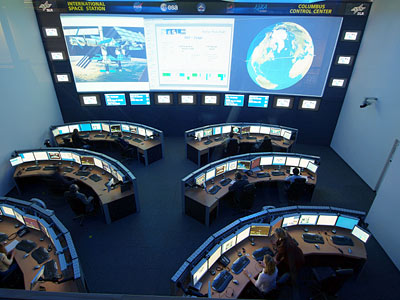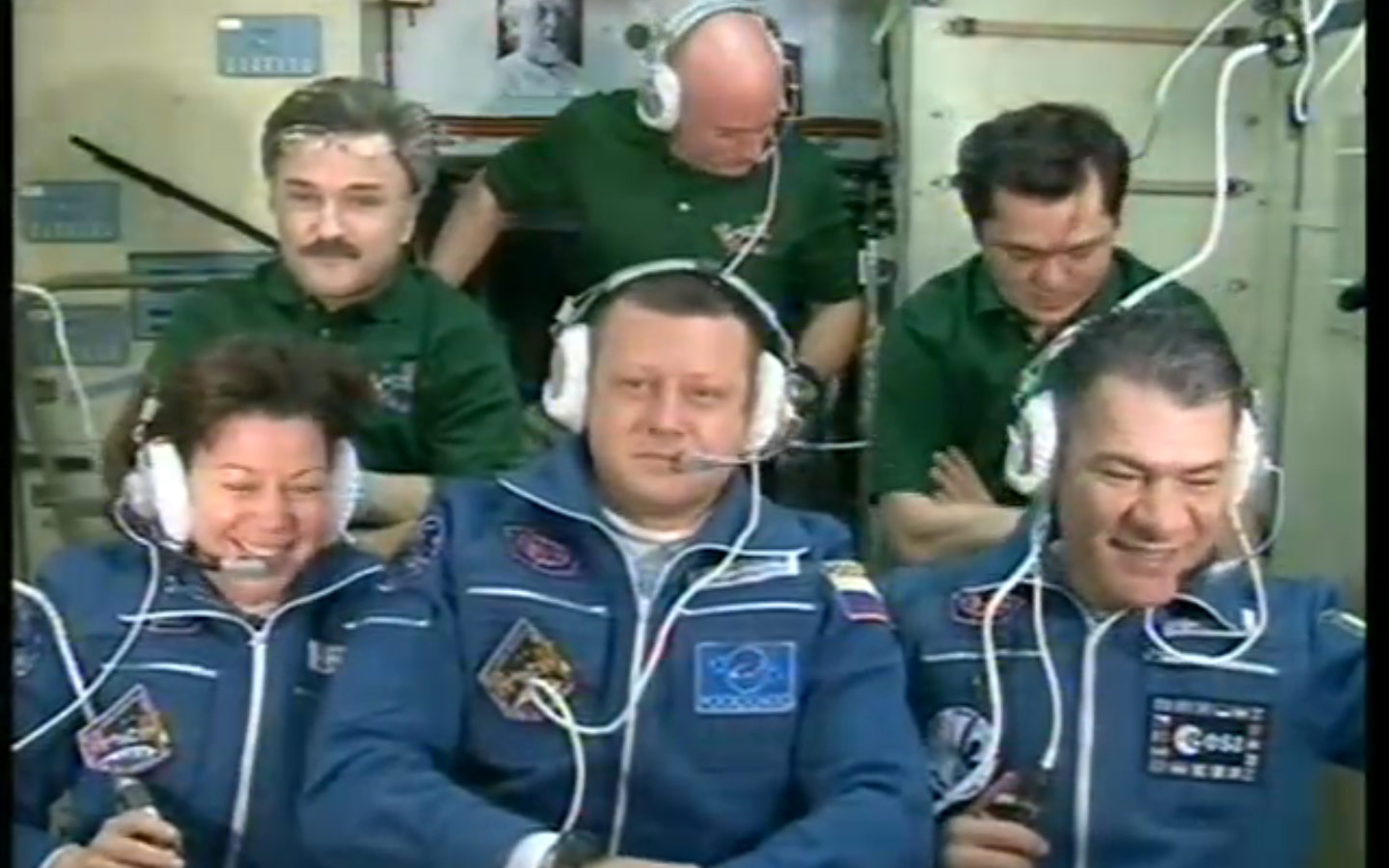MagISStra mission control
10 January 2011
Although astronauts have to spend long periods in space, far from home, they are not alone. Teams of people are on call, 24/7, to monitor and assist with all aspects of every crewed mission. The main mission control centres for the International Space Station (ISS) are located in Houston, USA, and Moscow, Russia. However, two European control centres also play vital roles, monitoring and operating ESA’s Columbus laboratory and Automated Transfer Vehicles (ATVs).
The Columbus Control Centre (COL-CC) is located at the German Space Operations Centre in Oberpfaffenhofen, near Munich. The ATV Control Centre (ATV-CC) is in Toulouse, France. Both centres have two control rooms: one for real-time operations and a back-up which is used for activities such as training of controllers, computer simulations, etc. The engineers and technicians who work at these centres have been specially trained as flight controllers. Although most of the Columbus and ATV systems operate automatically, the control centres check that everything goes according to plan and make any necessary changes.
These centres are heavily involved in ESA’s MagISStra mission, which began on 15 December 2010. ESA astronaut Paolo Nespoli will conduct more than 30 scientific experiments, many of them inside the Columbus lab. During his 6 month stay, the COL-CC will control and operate the many systems of the space laboratory. It will also stay in close contact with the Mission Control Centre in Houston.
Other key events during Nespoli’s mission will be the dockings of two unmanned cargo craft, including Europe’s second Automated Transfer Vehicle, Johannes Kepler. The ATV-CC will operate non-stop from the time the huge cargo craft is launched, through the docking with the ISS, to the vehicle’s re-entry into the atmosphere.






